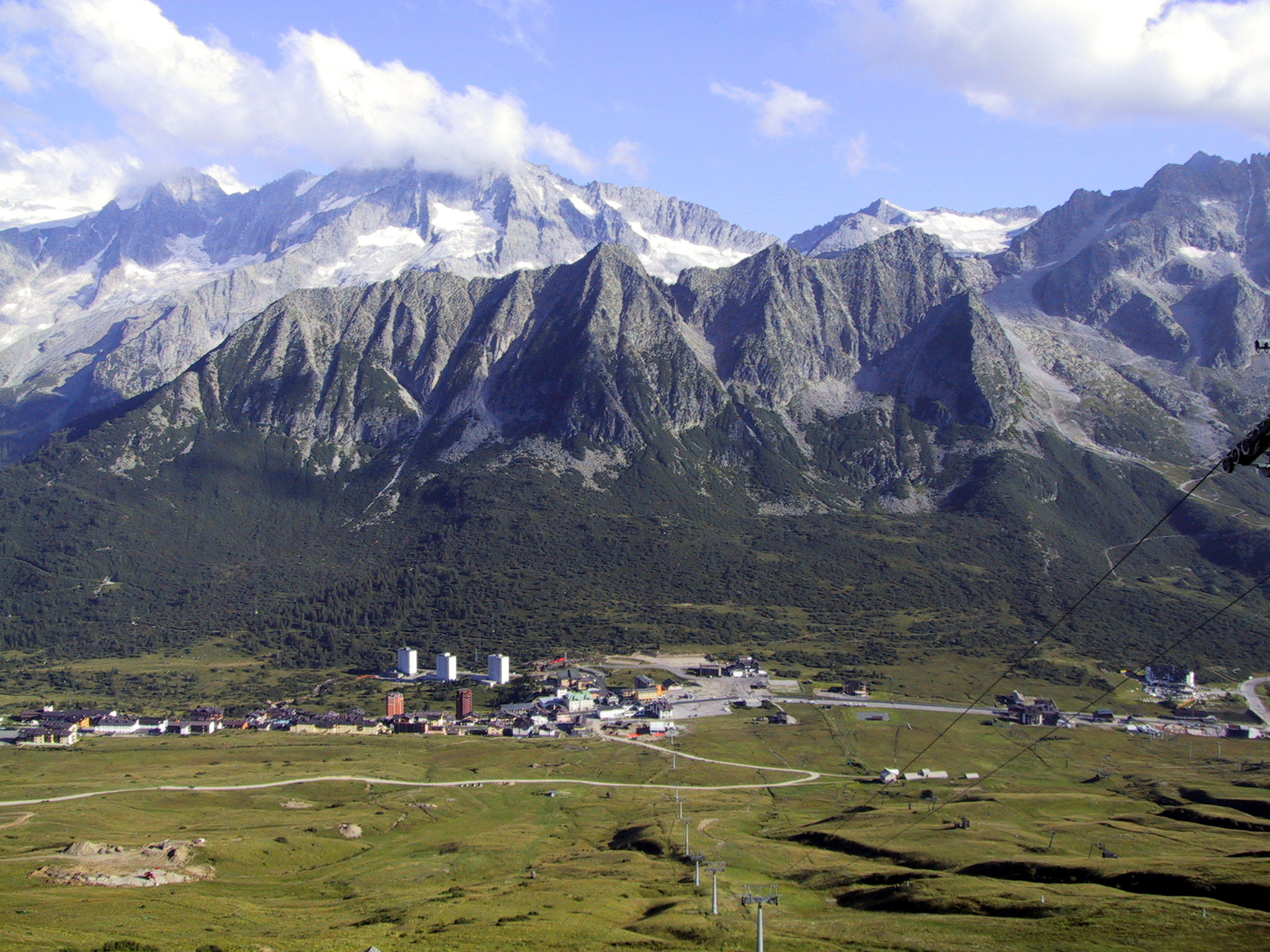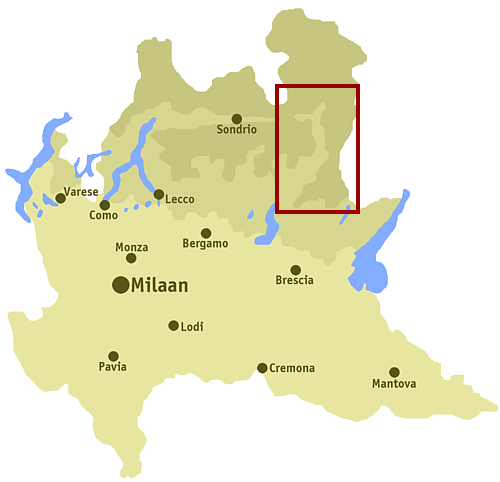|
Borno, Lombardy
Borno ( Camunian: ) is an Italian comune in Val Camonica, province of Brescia, in Lombardy. It is located on the so-called ''plateau of the Sun''. Main sights * Parish Church of San Martin and John the Baptist (18th century). * Oratory of San Antonio, right of the parish. It houses a fresco by Callisto Piazza. * Oratory of the Disciplini * Church of Our Lady of Sorrows (17th century) * Church of Our Lady of Lourdes, previously dedicated to Saints Vitus and Modestus (16th century) * Church of San Fiorino (or Floriano) from the 9th century, with the nave from the 16th century. * Church of San Fermo, remodeled in the 16th and 17th century. Culture The scütüm are, in Camunian dialect, nicknames, sometimes personal, elsewhere showing the characteristic features of a community. The one which characterize the people of Borno are ''Burnàs, Bigi, Làder, maia patate''. People * Giovanni Battista Re Giovanni Battista Re (born 30 January 1934) is an Catholic Church in ... [...More Info...] [...Related Items...] OR: [Wikipedia] [Google] [Baidu] |
Lombardy
The Lombardy Region (; ) is an administrative regions of Italy, region of Italy that covers ; it is located in northern Italy and has a population of about 10 million people, constituting more than one-sixth of Italy's population. Lombardy is located between the Alps mountain range and tributaries of the river Po (river), Po, and includes Milan, its capital, the largest metropolitan area in the country, and among the largest in the EU. Its territory is divided into 1,502 ''comuni'' (the region with the largest number of ''comuni'' in the entire national territory), distributed among twelve administrative subdivisions (eleven Provinces of Italy, provinces plus the Metropolitan City of Milan). The region ranks first in Italy in terms of population, population density, and number of local authorities, while it is fourth in terms of surface area, after Sicily, Piedmont, and Sardinia. It is the second-most populous Region (Europe), region of the European Union (EU), and the List of ... [...More Info...] [...Related Items...] OR: [Wikipedia] [Google] [Baidu] |
Province Of Brescia
The province of Brescia (; Brescian: ) is a Provinces of Italy, province in the Lombardy region of Italy. It has a population of some 1,265,964 (as of January 2019) and its capital is the city of Brescia.With an area of 4,785 km2, it is the biggest province of Lombardy. It is also the second province of the region for the number of inhabitants and fifth in Italy (first, excluding Metropolitan cities of Italy, metropolitan cities). It borders the province of Sondrio to the north and north west, the province of Bergamo to the west, the province of Cremona to the south west and south, the province of Mantua to the south. On its northeastern border, Lake GardaItaly's largestis divided between Brescia and the neighboring provinces of Province of Verona, Verona (Veneto region) and Trentino (Trentino-Alto Adige/Südtirol region). The province stretches between Lake Iseo in the west, Lake Garda in the east, the Southern Rhaetian Alps in the north and the Lombardian plains in the sou ... [...More Info...] [...Related Items...] OR: [Wikipedia] [Google] [Baidu] |
Camunian Dialect
Eastern Lombard is a group of closely related variants of Lombard language, Lombard, a Gallo-Italic languages, Gallo-Italic language spoken in Lombardy, mainly in the provinces of Bergamo, Brescia and Mantua, in the area around Cremona and in parts of Trentino. Its main variants are Bergamasque and Brescian. In Italian-speaking contexts, Eastern Lombard is often called as ''dialetti'' (), understood to mean not a variety of Italian language, Italian, but a local language that is part of the Romance languages dialect continuum that pre-dates the establishment of Tuscan-based Italian. Eastern Lombard and Italian language, Italian have only limited mutual intelligibility, like many other Romance languages spoken in Italy. Eastern Lombard does not have any official status either in Lombardy or anywhere else: the only official language in Lombardy is Italian language, Italian. Classification Eastern Lombard is a Romance languages, Romance language of the Gallo-Italic branch, clos ... [...More Info...] [...Related Items...] OR: [Wikipedia] [Google] [Baidu] |
Comune
A (; : , ) is an administrative division of Italy, roughly equivalent to a township or municipality. It is the third-level administrative division of Italy, after regions () and provinces (). The can also have the City status in Italy, title of (). Formed according to the principles consolidated in Medieval commune, medieval municipalities, the is provided for by article 114 of the Constitution of Italy. It can be divided into , which in turn may have limited power due to special elective assemblies. In the autonomous region of the Aosta Valley, a is officially called a in French. Overview The provides essential public services: Civil registry, registry of births and deaths, registry of deeds, and maintenance of local roads and public works. Many have a (), which is responsible for public order duties. The also deal with the definition and compliance with the (), a document that regulates the building activity within the communal area. All communal structures ... [...More Info...] [...Related Items...] OR: [Wikipedia] [Google] [Baidu] |
Val Camonica
Val Camonica or Valcamonica (), also Valle Camonica and anglicized as Camonica Valley, is one of the largest valleys of the central Alps, in eastern Lombardy, Italy. It extends about from the Tonale Pass to Corna Trentapassi, in the commune of Pisogne near Lake Iseo. It has an area of about Area of the municipalities, excluding Val di Scalve and 118,323 inhabitants.Sum of Istituto Nazionale di Statistica, ISTAT data of communes at 31 December 2007 The River Oglio runs through its full length, rising at Ponte di Legno and flowing into Lake Iseo between Pisogne and Costa Volpino. Almost all of the valley is included in the administrative territory of the province of Brescia, except for Lovere, Rogno, Costa Volpino and the Val di Scalve, which belong to the province of Bergamo. Since 1979, the Rock Drawings in Valcamonica, rock drawings located along the valley are a UNESCO World Heritage Site, while the entire valley became a UNESCO World Biosphere Reserve in 2018. Etym ... [...More Info...] [...Related Items...] OR: [Wikipedia] [Google] [Baidu] |
Torre Dabeni - Borno (Foto Luca Giarelli)
''Torre'' (plurals ''torri'' and ''torres'') means ''tower'' in seven Romance languages ( Portuguese, Spanish, Galician, Catalan, Italian, Occitan and Corsican) and may refer to: Biology * Muir-Torre syndrome, the inherited cancer syndrome * ''Sypharochiton torri'', a mollusc Chess * Carlos Torre Repetto, Mexican chess grandmaster ** Torre Attack, an opening in chess * Eugenio Torre (born 1951), Filipino chess grandmaster * An alternative name for a rook in chess Places Brazil * Torre, a neighborhood in the metropolitan area of Recife England * Torre, Torquay, an area of Torquay in Devon * Torre, Somerset, a hamlet in the county of Somerset France * Torre, Corsica Italy * Torre Annunziata, a comune in the province of Naples in the region of Campania * Torre Archirafi, a frazione in the comune of Riposto in the province of Catania in the region of Sicily * Torre Boldone, a comune in the province of Bergamo in the region of Lombardy * Torre Bormida, a comun ... [...More Info...] [...Related Items...] OR: [Wikipedia] [Google] [Baidu] |
Borno Chiesa
Borno may refer to: Places Italy * Borno, Lombardy, a municipality in the Province of Brescia Africa * Borno, Nigeria, a state in northeast Nigeria * Borno Emirate, a traditional Nigerian state formed at the start of the 20th century * Bornu Empire, a state which existed from 1380 to 1893 in what is now northeastern Nigeria * Kanem–Bornu Empire, a former empire in modern Chad and Nigeria * Borno, Chad, a canton of the department of Dababa, Chad People * Davor Borno, Croatian musician, pop singer and songwriter * Ashimi of Borno (c. 1840–1893), ''Shehu'' of Borno from ca.1885 to 1893 * Kyari of Borno (died 1894), ''Shehu'' of Borno in 1893–1894 * Louis Borno (1865–1942), Haitian politician who served as President of Haiti from 1922 to 1930 * Maurice Borno (1917–1955), Haitian painter * Umar of Borno (died 1881), ''Shehu'' (Sheik) of the Kanem-Bornu Empire * Trygve Bornø (born 1942). Norwegian international footballer Other uses * Borno people, on the list ... [...More Info...] [...Related Items...] OR: [Wikipedia] [Google] [Baidu] |
John The Baptist
John the Baptist ( – ) was a Jewish preacher active in the area of the Jordan River in the early first century AD. He is also known as Saint John the Forerunner in Eastern Orthodoxy and Oriental Orthodoxy, John the Immerser in some Baptist Christianity, Christian traditions, and as the prophet Yahya ibn Zakariya in Islam. He is sometimes referred to as John the Baptiser. John is mentioned by the History of the Jews in the Roman Empire, Roman Jewish historian Josephus, and he is revered as a major religious figure in Christianity, Islam, the Baháʼí Faith, the Druze faith, and Mandaeism; in the last of these he is considered to be the final and most vital prophet. He is considered to be a prophet of God in Abrahamic religions, God by all of the aforementioned faiths, and is honoured as a saint in many Christian denominations. According to the New Testament, John anticipated a messianic figure greater than himself; in the Gospels, he is portrayed as the precursor or forerunn ... [...More Info...] [...Related Items...] OR: [Wikipedia] [Google] [Baidu] |
Callisto Piazza
file:(Venice) Decollazione del Battista - Callisto Piazza da Lodi - Gallerie Accademia.jpg, 280px, ''Beheading of the Baptist'', Gallerie dell'Accademia in Venice Callisto Piazza (1500–1561) was an Italian painter. Biography Callisto, a member of the Piazza family of painters, was born in Lodi, Lombardy, Lodi, Lombardy. In 1523 he was working in Brescia. His first dated and signed work is from the following year, and shows a typical Brescian style. This style was then emerging, and included artists such as Romanino and Moretto da Brescia, Moretto. Piazza shows influences from contemporaries such as Dosso Dossi and Ludovico Mazzolino of the School of Ferrara, as well as Giovanni Agostino da Lodi. In 1526–1529 Piazza worked in Val Camonica, at Erbanno, Borno, Lombardy, Borno, Breno, Lombardy, Breno, Esine and Cividate Camuno. In 1529 he returned to his native Lodi where he formed a workshop with his brothers Cesare and Scipione (died 1552). In 1538, while in Crema, Italy, Crem ... [...More Info...] [...Related Items...] OR: [Wikipedia] [Google] [Baidu] |
Giovanni Battista Re
Giovanni Battista Re (born 30 January 1934) is an Catholic Church in Italy, Italian Catholic prelate who has served as Dean of the College of Cardinals since 2020. He was elevated to the rank of Cardinal (Catholic Church), cardinal in 2001 and served as prefect of the Congregation for Bishops from 2000 to 2010. As the most senior cardinal-bishop in attendance, he chaired the 2013 papal conclave that elected Pope Francis. Early years Born in Borno, Italy, the son of the carpenter Matteo Re (1908–2012), Giovanni Battista Re was ordained a Priesthood (Catholic Church), priest by Archbishop Giacinto Tredici in Brescia on 3 March 1957. He holds a doctorate in canon law from the Pontifical Gregorian University, Rome, and taught in the Brescia seminary. To prepare for a diplomatic career he entered the Pontifical Ecclesiastical Academy in 1961. Curial service Re has been a member of the Roman Curia since 1963, where he served as personal secretary to Archbishop Giovanni Benelli. He w ... [...More Info...] [...Related Items...] OR: [Wikipedia] [Google] [Baidu] |



